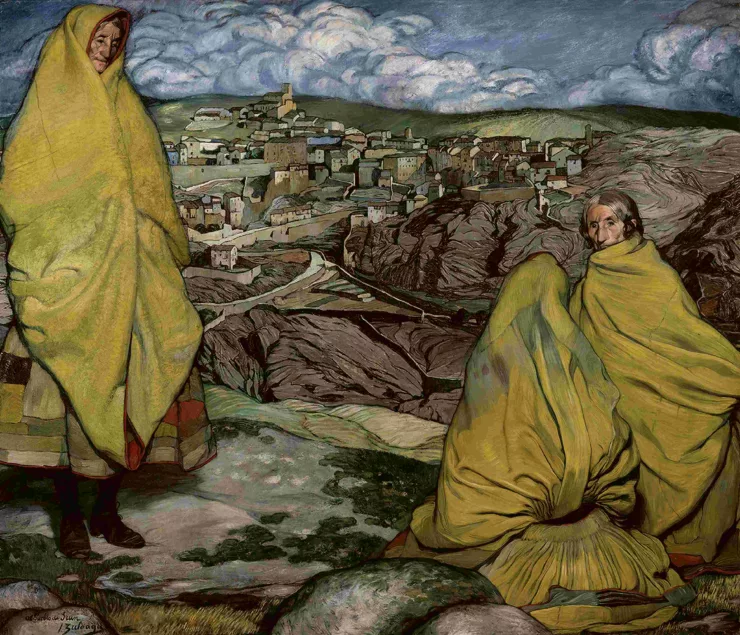
Situated in the heart of Munich, The Kunsthalle München is renowned for its commitment to showcasing diverse and impactful art exhibitions. The decision to host Zuloaga’s Myth of Spain within its walls underscores the museum’s dedication to presenting compelling narratives that resonate with a global audience. The exhibition promises an immersive experience, inviting visitors to witness Zuloaga’s masterpieces in an environment that complements the richness of his artistic vision.
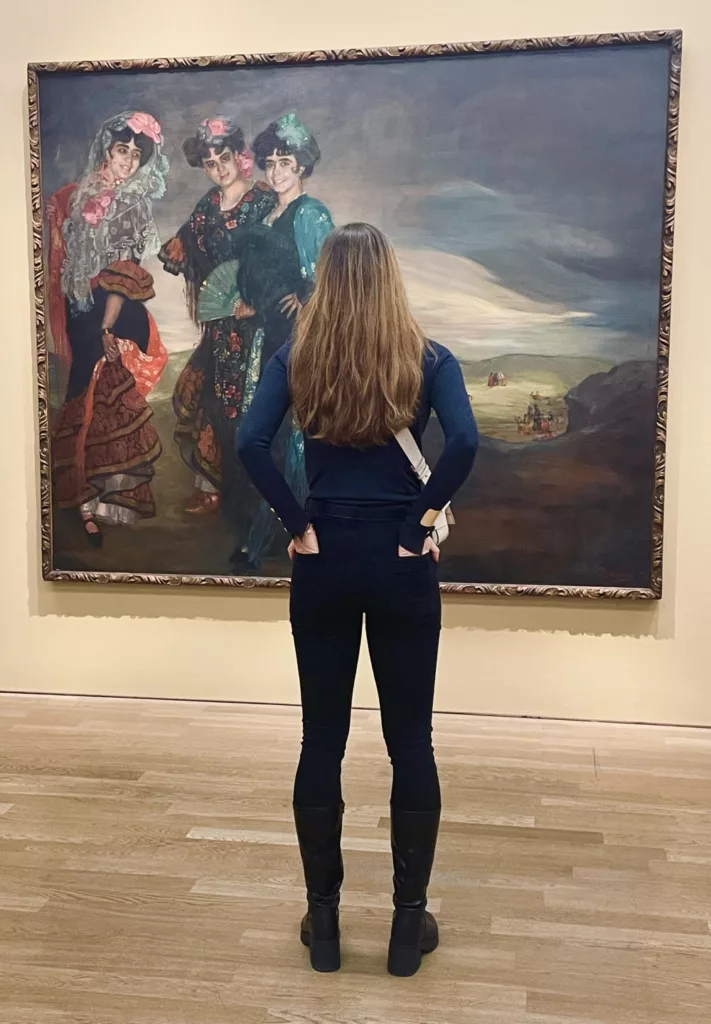
Zuloaga’s Artistic Vision:
Ignacio Zuloaga was born in 1870 in Eibar, Spain, and his artistic journey unfolded against the backdrop of a rapidly changing society. Influenced by the Symbolist and Realist movements, Zuloaga developed a unique style characterized by a fusion of traditional Spanish themes and modern artistic techniques. His commitment to portraying the authentic spirit of Spain is evident in the Myth of Spain exhibition.
Themes and Motifs:
Zuloaga’s artworks in the exhibition showcase a deep connection to Spain’s cultural heritage and folklore. One of the prominent motifs in his paintings is capturing the daily lives of the rural Spanish community with remarkable detail and sensitivity. The rustic charm of rural Spain comes to life in Zuloaga’s canvases, as he skillfully highlights the resilience and strength of the common people.
The Spanish landscape also plays a significant role in Zuloaga’s art. Whether depicting the sun-drenched plains of Andalusia or the rugged mountains of the Basque Country, his landscapes serve as a visual ode to the diversity of Spain’s geography. The play of light and shadow in his compositions adds a dynamic quality to the scenes, enhancing the emotional impact on the viewer.
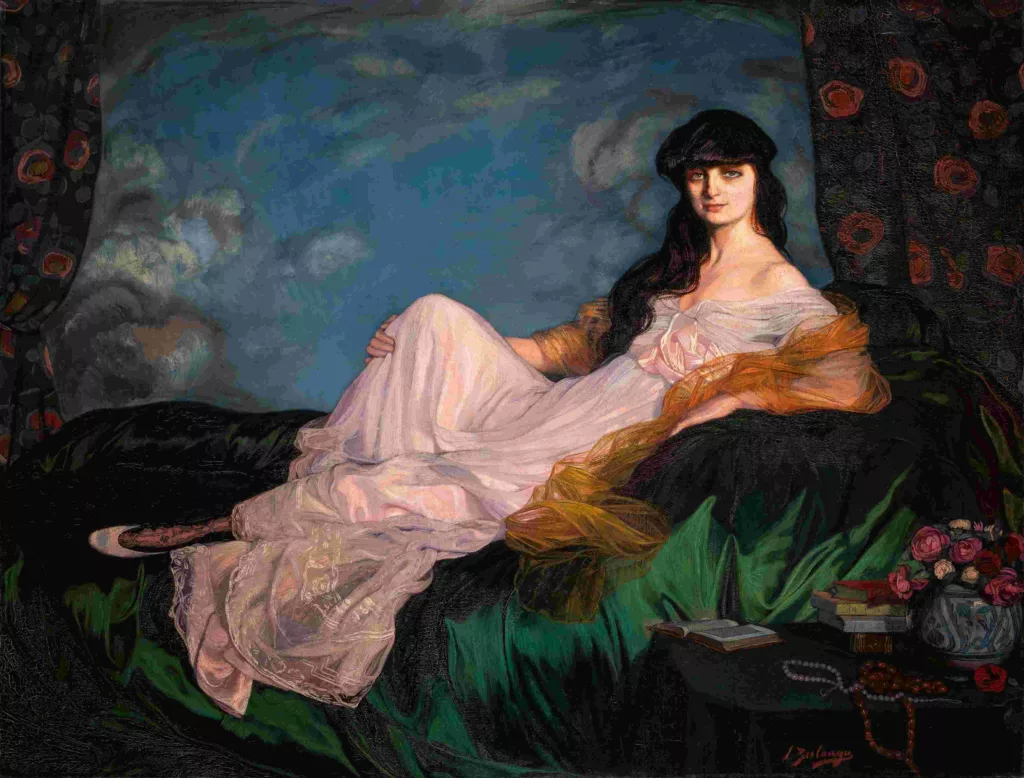
Technique and Innovation:
Zuloaga’s mastery of artistic technique is evident in the exhibition, where he seamlessly combines traditional craftsmanship with a modern sensibility. His use of color, texture, and brushstrokes creates a visual tapestry that draws the viewer into the heart of his narrative. The interplay of light and shadow, a hallmark of Zuloaga’s style, adds depth and dimension to each artwork, enhancing the emotional resonance of the subjects.
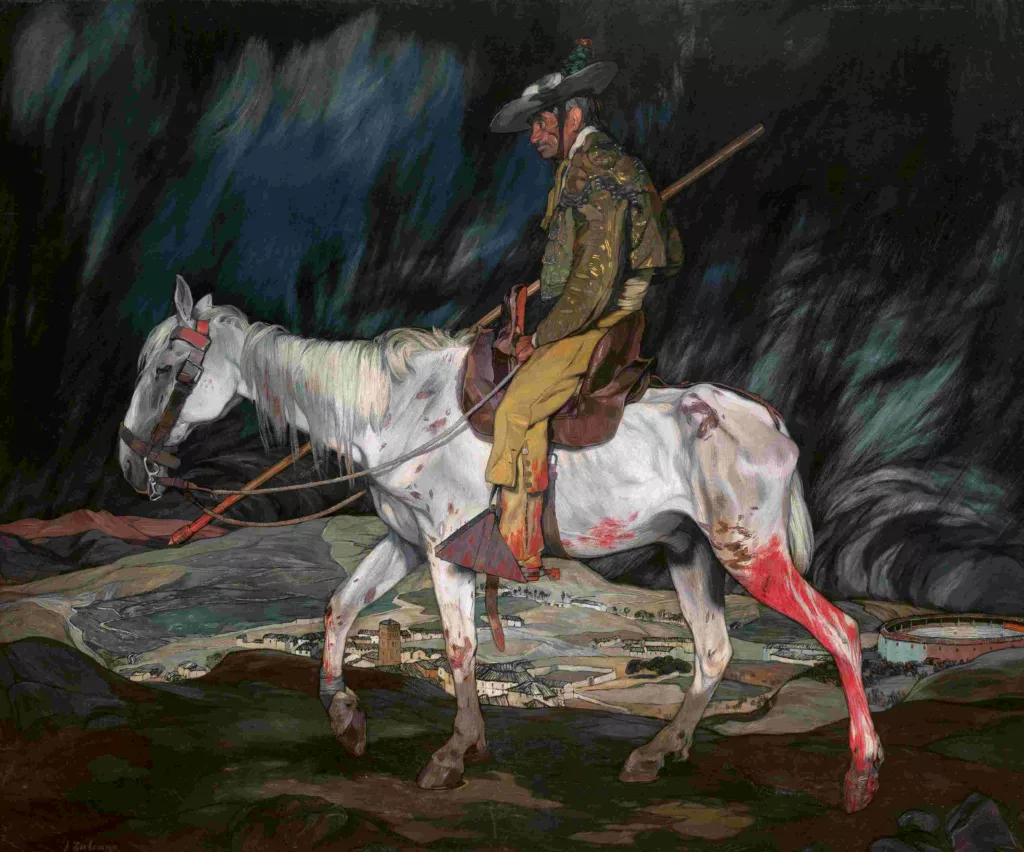
Legacy and Influence:
The Myth of Spain exhibition not only showcases Zuloaga’s brilliance but also highlights his enduring influence on subsequent generations of artists. His ability to capture the soul of Spain, marrying tradition with innovation, paved the way for a renewed appreciation of national identity in art. Zuloaga’s impact can be traced in the works of later Spanish artists who sought to explore their cultural roots in the face of evolving artistic trends.
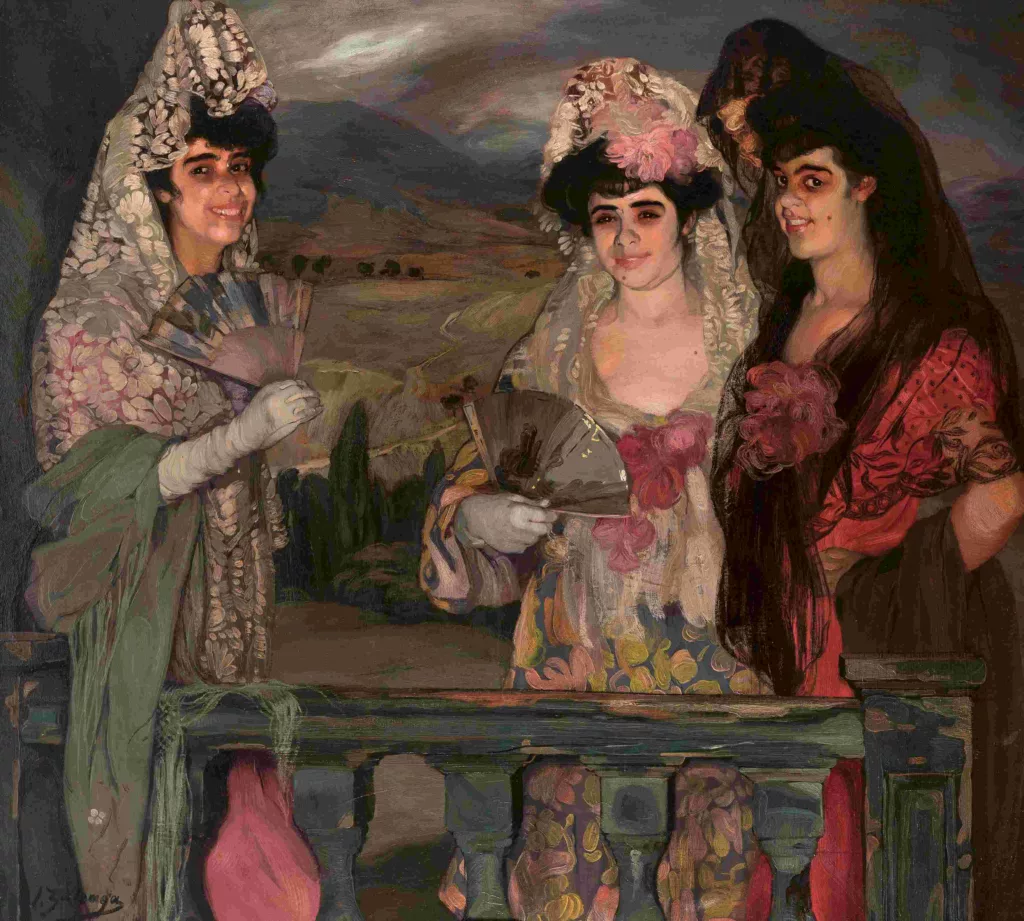
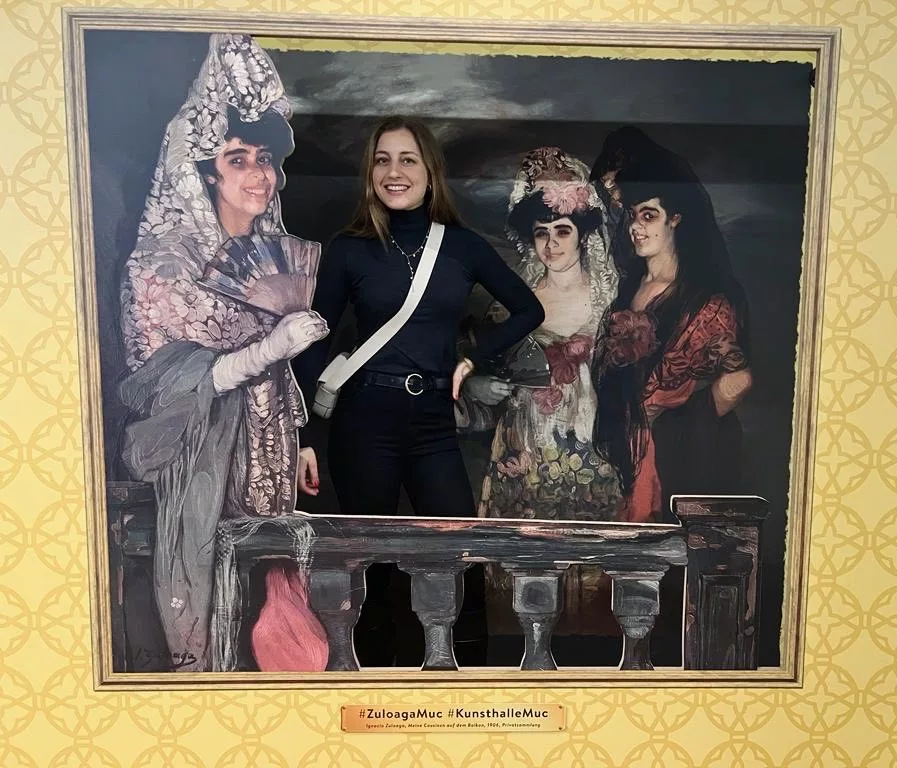
Ignacio Zuloaga’s Myth of Spain at The Kunsthalle München is more than an art exhibition; it is a journey through the soul of a nation. The exhibition stands as a testament to the enduring power of art to capture the essence of a nation and its people, making it a must-see for art enthusiasts and anyone passionate about the rich tapestry of Spanish history and culture.
Kunsthalle München
The Myth of Spain. Ignacio Zuloaga (1870–1945)
September 15, 2023–February 4, 2024
